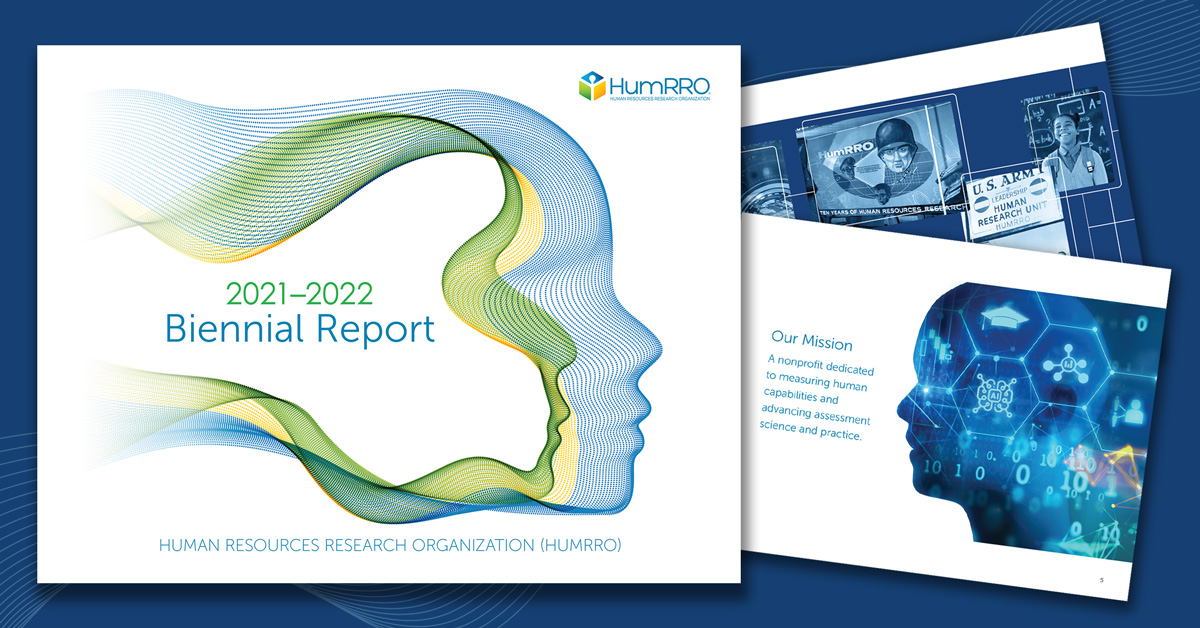Sharing Your 360-Degree Feedback Results: Getting Back More Than You Give
Despite their widespread use, many 360-degree feedback programs fail to live up to their potential. In an earlier post, I described how trained feedback facilitators can help participants interpret their results, identify hidden “blind spots,” and create development plans. Here, I focus on another way to increase a program’s ROI—encourage participants to share their results with others, particularly their direct reports.
Research demonstrates that participants who share their feedback results experience greater performance improvement than those who do not. In developmentally-focused 360-degree feedback programs, though, participants “own” their feedback—so organizations cannot force them to share it without seriously harming the program’s integrity. What they can do, however, is to encourage sharing by pointing out the many benefits. Specifically, sharing results allows participants to:
- Gain new insights by asking direct reports to elaborate on or clarify any results that are confusing or hard to interpret;
- Communicate their understanding of what the results mean, allowing direct reports to feel like their voices were heard;
- Share their development plans, which demonstrates that they take their own professional growth seriously; and
- Ask direct reports to help hold them accountable for progress towards meeting developmental goals.
Participants can decide whether to share their detailed results or simply communicate high-level feedback trends. Either way, the decision to share clearly requires openness, trust, and a lack of defensiveness, but the rewards associated with doing so are great—and are captured eloquently by Bouilly’s quote that “Whatever we possess becomes of double value when we have the opportunity of sharing it with others.”






